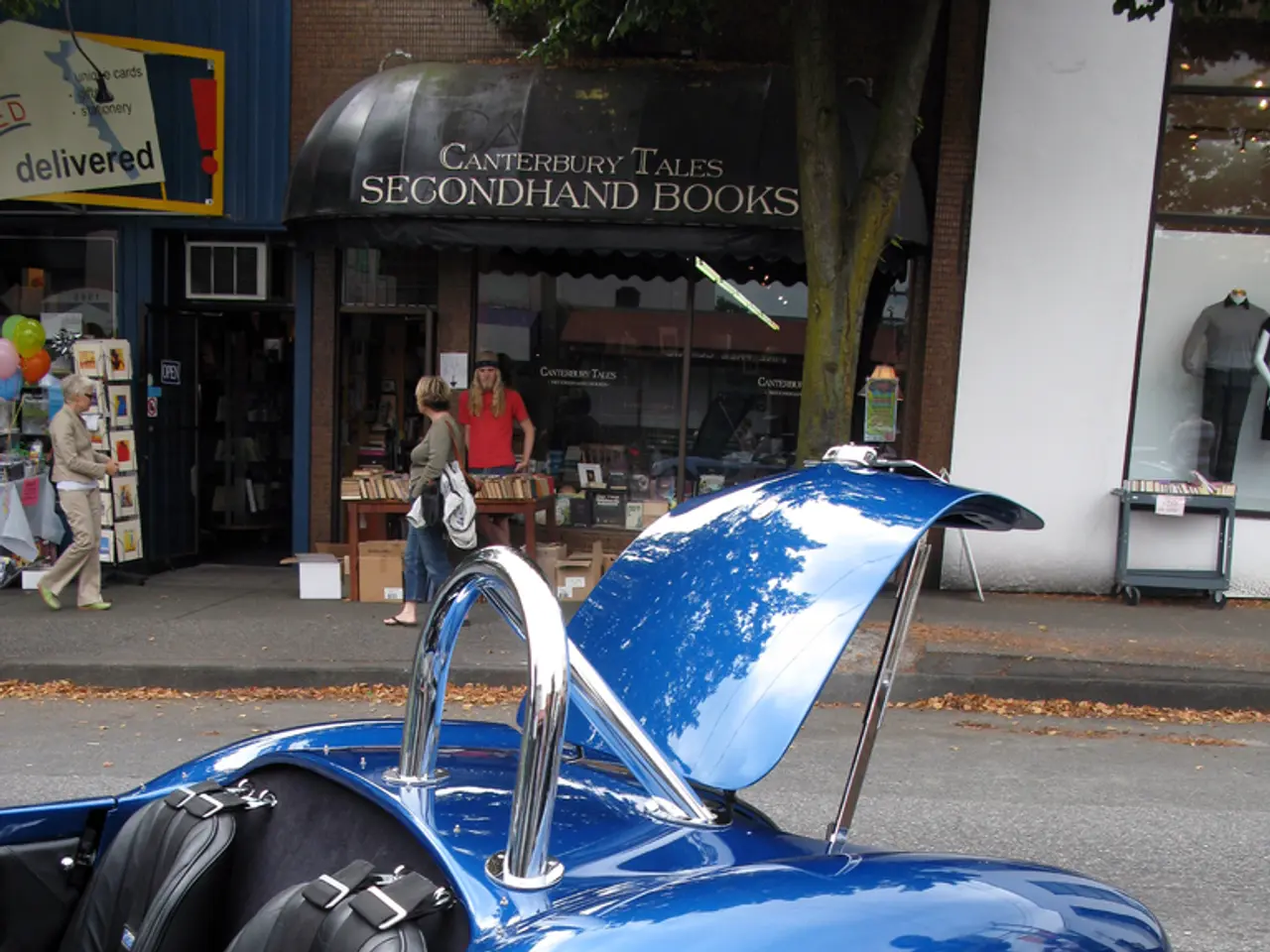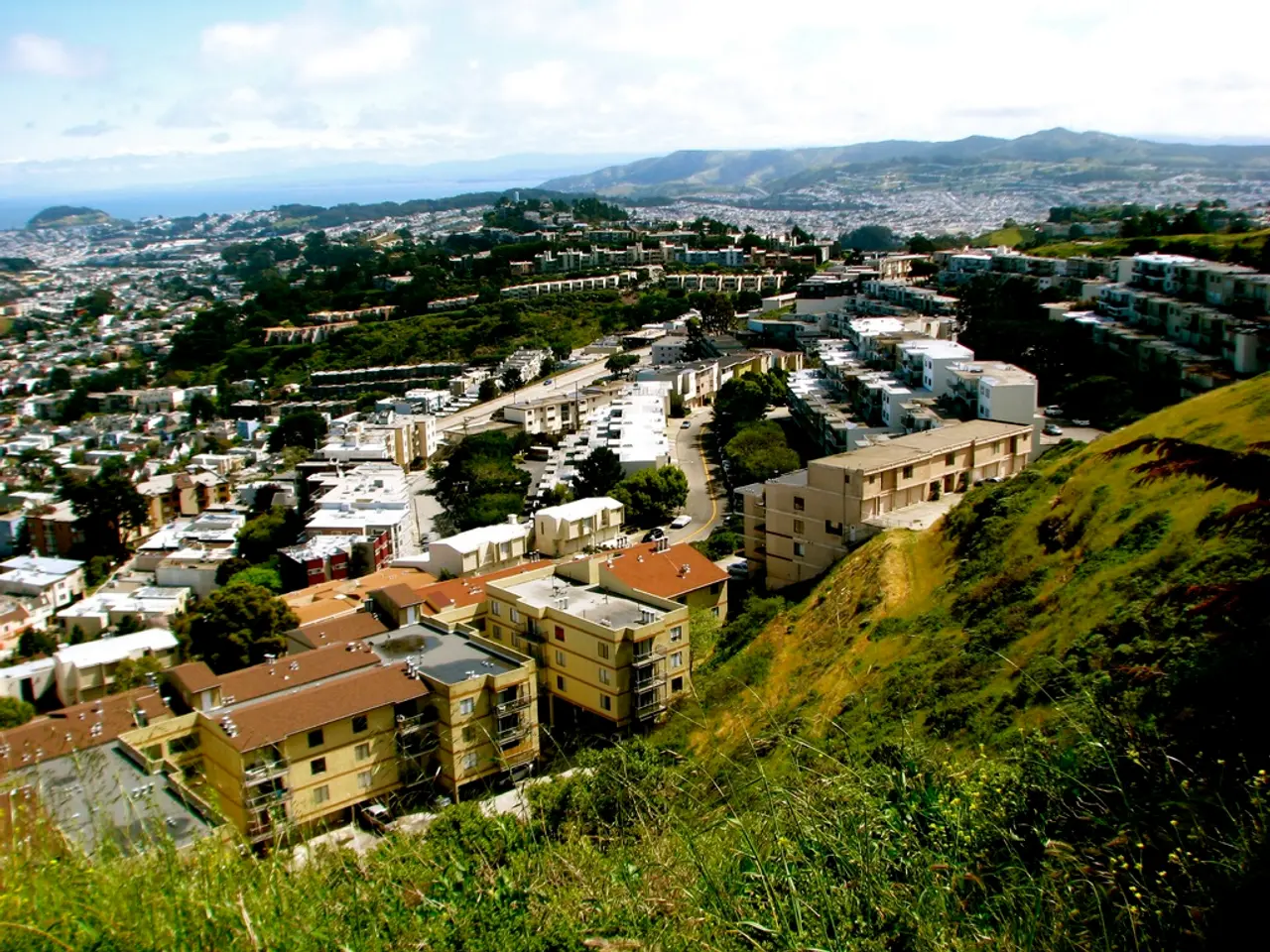Over fifteen thousand lights on the BER-roll field require replacement.
Lighting Up the Night: Berlin Tegel's LED Revolution
By Jule Ahrendt
Surrounded by darkness, the historic runways of Berlin Tegel Airport are now glowing brighter than ever, thanks to a massive upgrade to energy-efficient LED lights. With 15,000 lights on the apron being slowly swapped out for their modern counterparts, safety iset to remain a top priority - no matter the hour. B.Z. got a peek at the night shift as these changes unfolded.
Between midnight and 5 a.m., the hustle and bustle of flight operations comes to a halt at Tegel. Even the guiding light points, the so-called lighting system, are shut off for this period. "Since the airport was first built, we've always had halogen lamps for the lights," explains Georg Paschek (40), head of the airport control center. "Now we're gradually upgrading everything to LED."
Lighting the Way to the Future
LEDs are more durable and energy-efficient, making them a natural choice for improving airport infrastructure. While halogen lamps offer resistance and are cheap to purchase, they only have a lifespan of 3,000 hours. In comparison, LEDs can last a staggering 40,000 operating hours - using a mere fraction of the energy.
Every night, four dedicated employees meticulously check all runways and maintain the lights. Each light has its own power circuit, ensuring backup in case of malfunction. If one light goes out, connected lights can still maintain pilots' orientation.
Slowing but Steady Progress
The transformation is a labor-intensive process. "We only replace a halogen lamp when it fails," says Thomas Knöfler, head of operational facilities and responsible for the lighting systems. In addition, LED and halogen lights cannot be mixed on a section, as it compromises the detection of technical malfunctions.
According to Knöfler, the switch to LEDs reflects an environmentally conscious decision, despite the upfront cost. A single LED light can set the airport back up to 800 euros. The airport estimates an annual cost of around 300,000 to 500,000 euros for conversion and maintenance. Although more efficient, LEDs are vulnerable to moisture, snow, and technical malfunctions.
Currently, about 6,000 lights have been converted, with only around ten more added each night.
A Night at Tegel
As the lights on the apron get their upgrade, Tegel's overnight systems whirr behind the scenes.
Nearly 60 employees work at the airport every night, ensuring safety, maintaining aircraft, and readying the airport for the following day. The first team members begin work at 10 p.m., while the day shift kicks off around 3 a.m.
A part of the team is responsible for security, patrolling the grounds, controlling access points, and monitoring fences and gates.
Parallel inspections and locking controls are being carried out: shops, check-in counters, rental areas are all closed, and installations are checked.
Dawn Approaches
Around 5 a.m., everything is set and ready - and the airport begins its slow ascent back to life.
Gadgets such as the new LED lights are revolutionizing technology, reducing energy consumption and improving safety at Berlin Tegel Airport. As the transformation to LEDs continues slowly, employees diligently maintain and monitor the gadgets to ensure smooth operations throughout the night.




